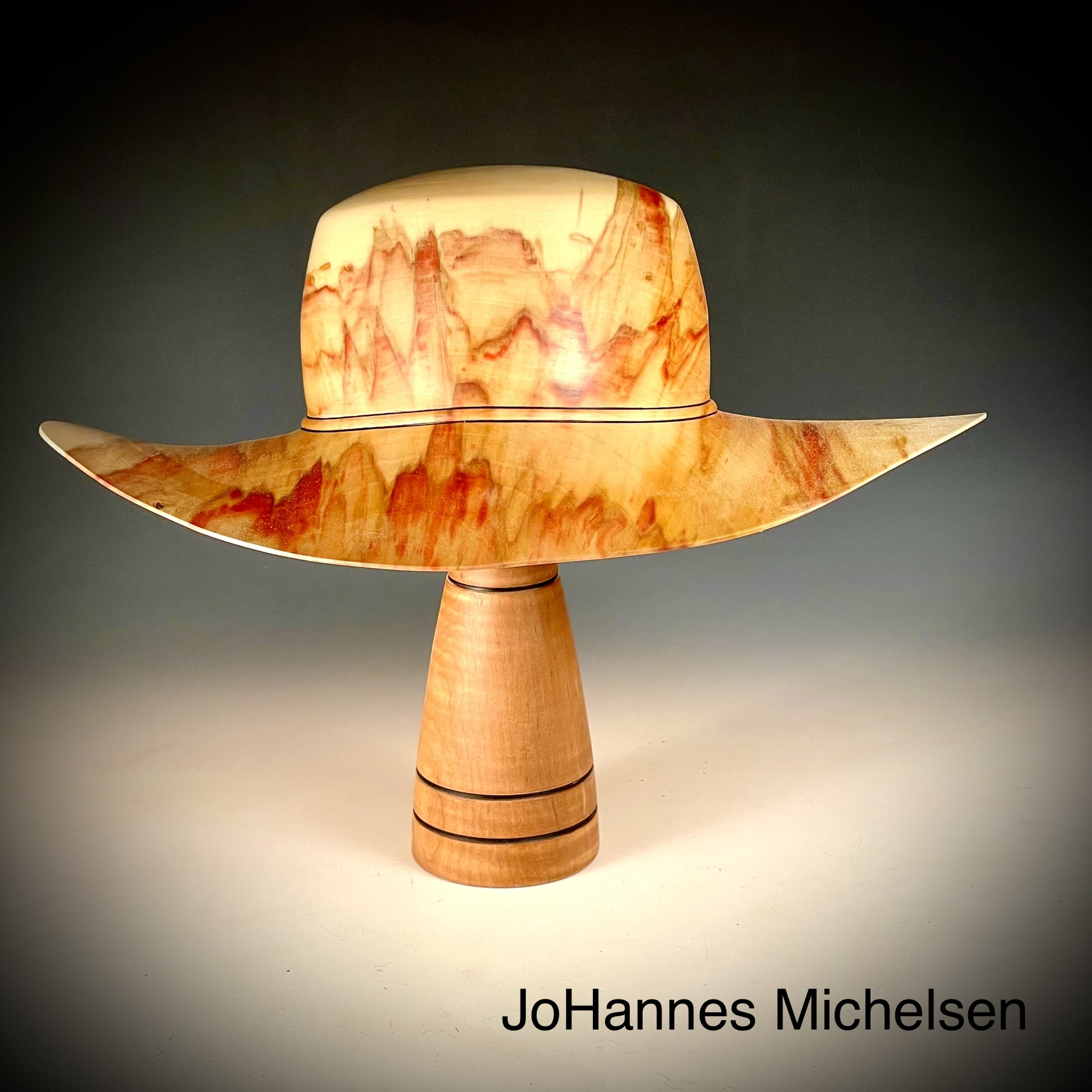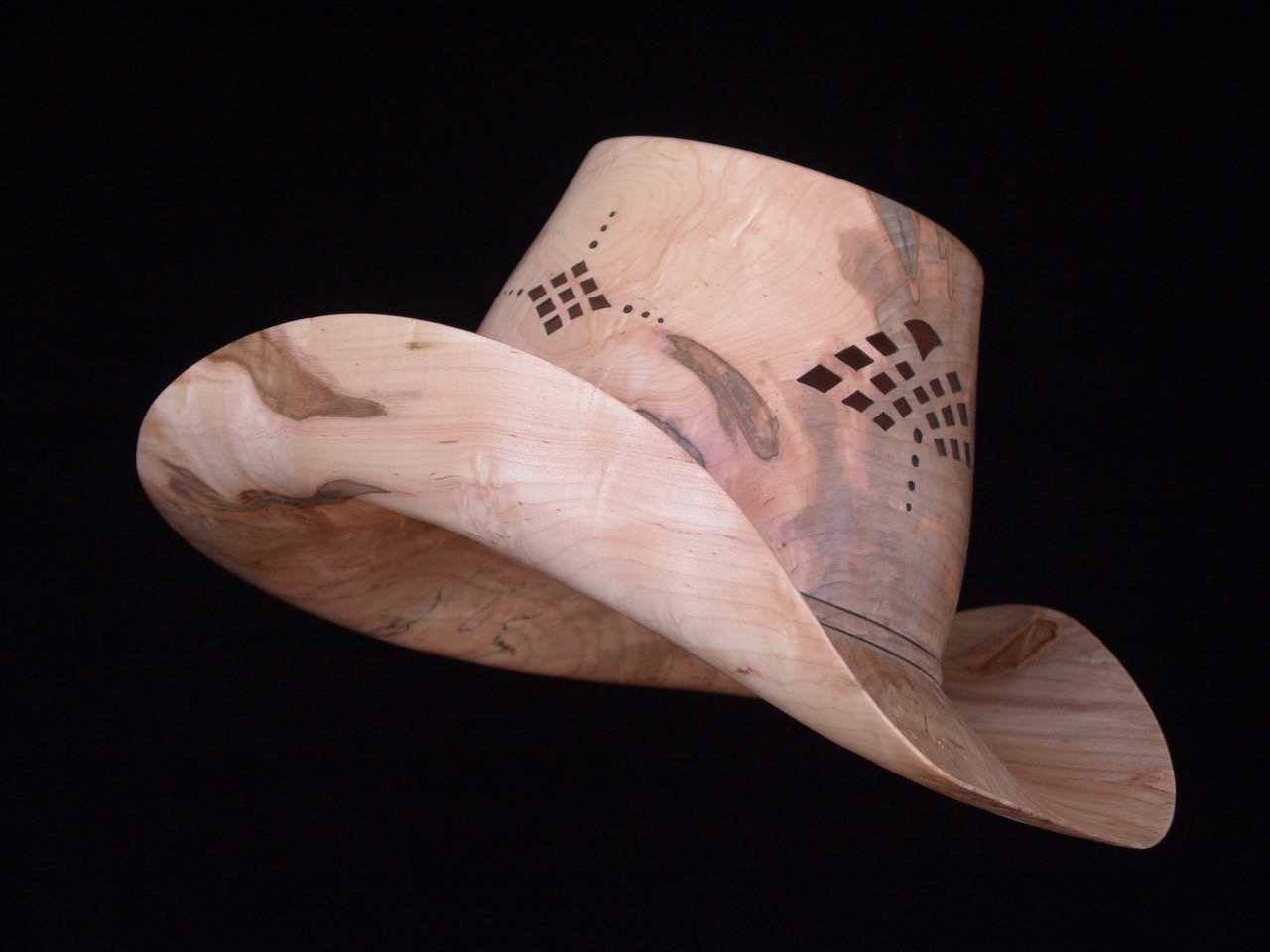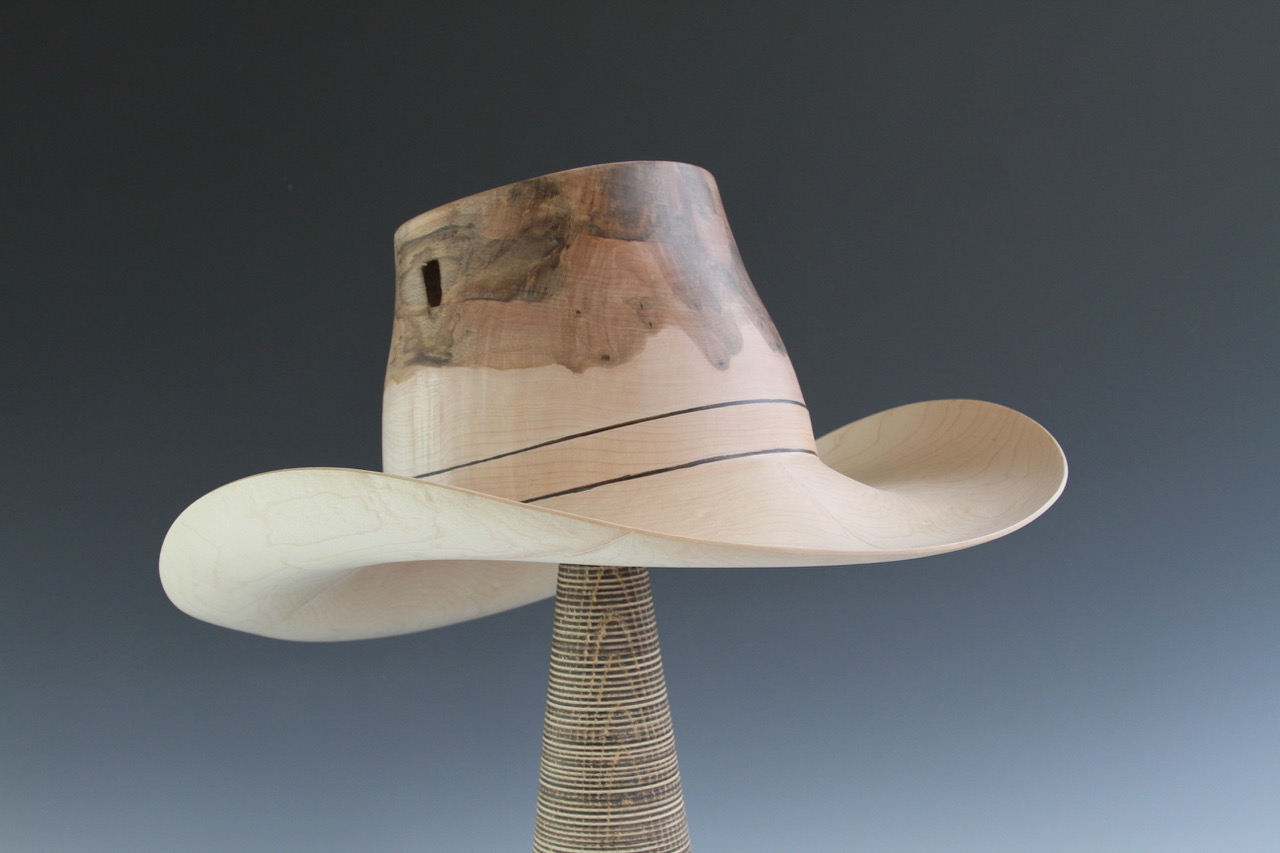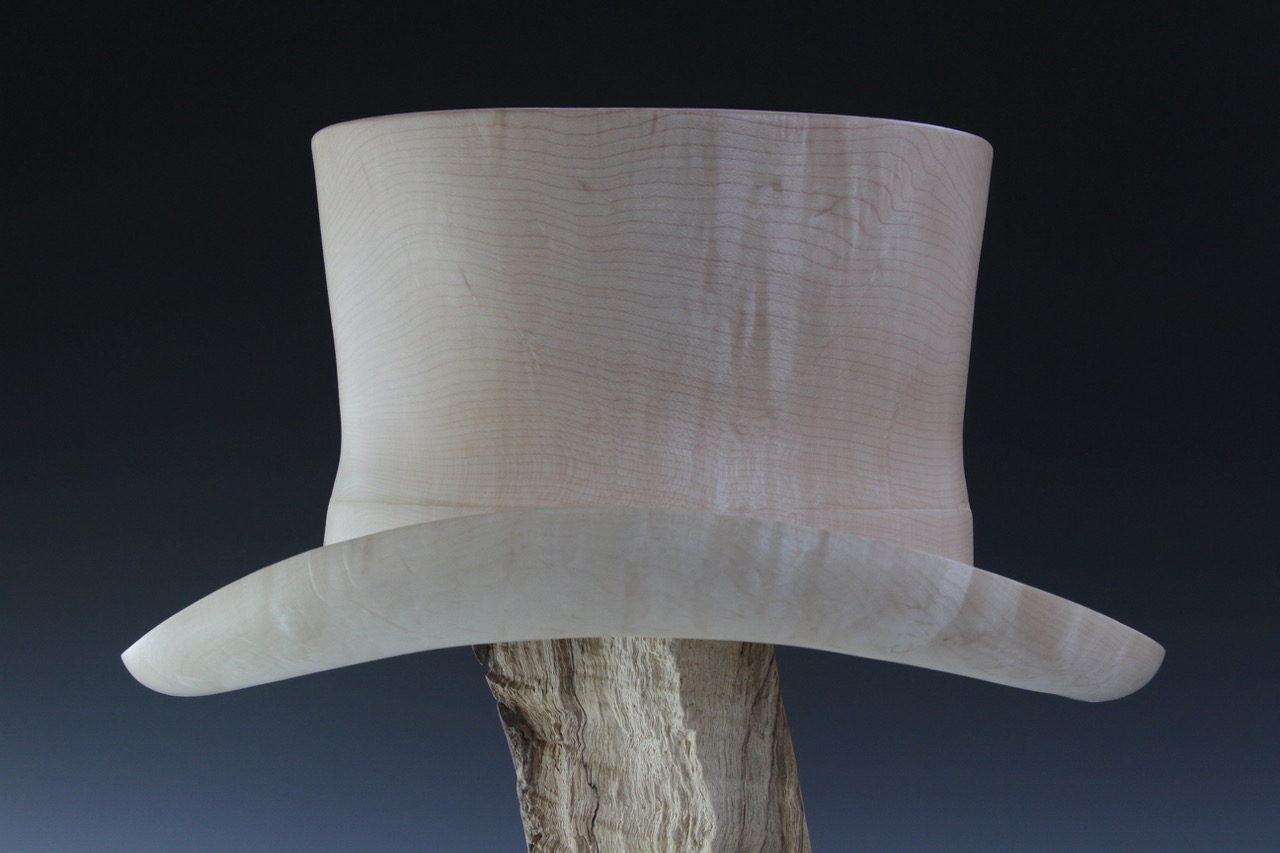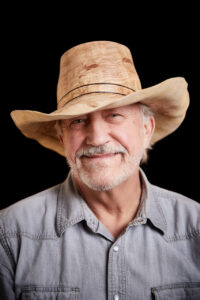
I was born in Copenhagen Denmark and immigrated to the US with my family at age four I was the youngest. We arrived in NYC in 1949
I was introduced to the lathe in 1954. at age nine! My father bought a lathe for my ten-year-old brother and me and we just started playing on it. It was great fun we had no idea what we were doing but that came with time and practice. We made many birthday and Christmas gifts on it, and endless hours of joy were had.
Life got in the way, I worked for a while for my father as a house painter, and I traveled back to Denmark at age eighteen to see what that was like. I did a stint in Vietnam, and surviving that I came home and went back to painting, it wasn’t long before I knew I couldn’t keep doing that. I went into house building like two of my brothers-in-law and from that became a stair builder. Stair Building seemed to me to be what I was intended to do it just came naturally to me, I just knew what to do!
Not being happy with the stair parts that could be bought at the lumber yard I bought a lathe to turn my own balusters and newel posts. I have built countless stairways and turned many thousands of balusters, hundreds upon hundreds of newel posts, and many columns and lampposts as well.
In the 70s I saw the emergence of turned wood art and I immediately thought that’s what I want to do. At first, I did some hollow forms but not being someone who wants to follow or copy anyone else I searched for new expressions. I found that in large architectural-scale vases, no one was doing that! I had already a ginormous Oliver Lathe that was perfect for the chore at hand and I sold a good number of those but not enough to live on, stair building continued!
When the idea of hat turning hit that changed everything, they were an instant success and sold as fast as they could be made. demand from the woodturning world grew for me to teach wood hat turning which I gave into. Teaching here in Vermont at first and then traveling to teach at turning schools and clubs. Then I traveled to Europe where the interest was huge, in total I have traveled to Europe 42 times and taught in every country that has a serious turning thing going on. Many of those times I made it to my homeland Denmark which was great for me because I truly love Denmark.
I believe I have had over four thousand students so I was good at creating my own competition, I gave away the store as they say, but I was happy doing it because that truly is what the woodturning world is all about.
To date, I have turned 1879 studio-made gallery-grade full-sized wearable wood hats. I have also turned over 2300 mini hats and almost 500 micro hats.
There also exist 700+ full-sized demo and/or teaching hats and a like number of demo/teaching mini hats. Over six thousand hats sum total all sizes!
I’ve never demoed or taught Micro hats they are too intense I need to get into Zen mode before even attempting one of those. They are 1” crown about 2.5” brim turned at 2400rpm to a final thickness of 15 thousandths inch and weigh in at 2 grams that’s less than a potato chip same size! A real Tour de Force!!!
I am currently involved in converting an 1840s barn into a house that Deb and I hope to sell to create a retirement for ourselves, we are in the right neighborhood.
I do occasionally turn what I call “serious hats” the kind of hats that only I can turn because I’m the only one equipped to do those kinds of hats the kind you need huge time spent to have the experience to even know what is possible and with what kind of wood to get that totally unique look and character!
Website: www.hannestool.com
Demonstrations:
Full-Sized Wearable Wood Hat.
JoHannes will turn a “Range Rider” style hat using wet wood to facilitate the bending. Working down to less than 3/32nds inch JoHannes will use light and the translucence of the thin wood to expedite the process, finishing the top of the hat on wood jaws with light inside as it is being turned as the only way to know thickness at the top. The last thing to happen on the hat is the coloring of the band, done with an exotic wood slim stick pressed hard against the spinning hat the exotic wood ”melts” and deposits itself onto the hat.
Once the hat is off the lathe it will be placed in the bending process which will take 24 hours and so will be monitored in subsequent rotations.
Second Full-Sized Hat.
This rotation will cover the making of a “BallCap”— there are several significant differences from other hats to make this worth seeing, wood orientation and way of bending are key for this style as is the cutting of the brim to the bill.
Mini Hats.
The “HatMan” will do a Mini TopHat in this rotation using wet wood as always. In Mini Hats the Top Hat is by far the most popular and also the most difficult to do. The whole process is very similar to full-sized hats in about one-third scale. Turned much thinner less than 1/16” there is way more translucence which helps expedite the process. Being thinner also means that the Minis dry quicker and consequently also take shape quicker.
Second Mini Hat.
In this rotation, Hannes will turn a Range Rider mini hat. The whole process is very similar to full sized hats in about one third scale. Turned much thinner less than 1/16” there is way more translucence which helps expedite the process. Being thinner also means that the Minis dry quicker and consequently also take shape quicker. Once off the lathe, both hats go into the bender.
Ancillary Items.
As in Support of! Hats by nature need support a head is a good start but they need a place to be when not being worn, a place that is stable and safe. I make two kinds of wall mounts and a series of stands that go on a surface. I will demonstrate all three.
Mirrors.
For a hat to be worn correctly one needs to see how it looks! when turning a Full Sized hat I always take a ring of wood from around the crown, this free wood that is already round and has an opening in it is a good candidate for such a mirror. I will demonstrate how that is done.





